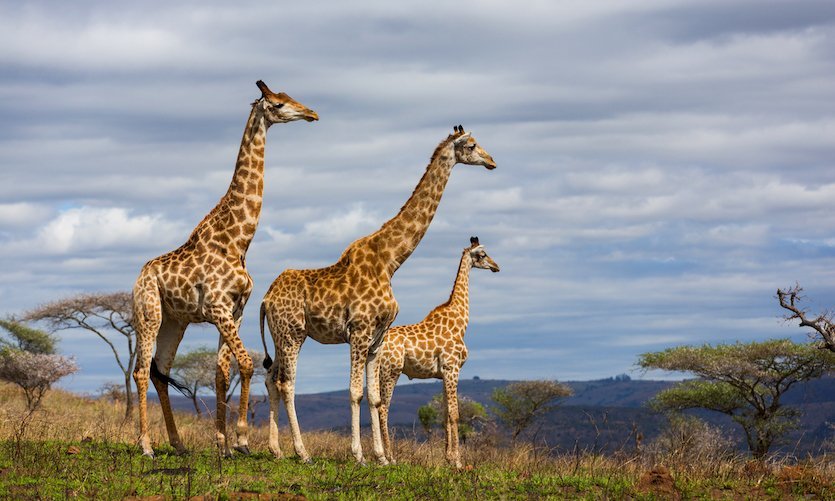
It would be a shame to go on a trip to South Africa without visiting its splendid nature reserves. They offer some of the most exotic experiences, especially as they are home to a wide variety of ecosystems. In addition to the beauty of the landscape, it is also the richness of the wildlife that continues to attract travellers from all over the world. Who hasn't dreamt of getting close to wild animals such as lions, elephants and leopards? From the savannah to the bush and the rainforest, one should not hesitate to head for South Africa's reserves, corners of nature that have lulled the imagination since childhood and which, when seen in real life, leave a lasting impression on people's minds
Timbavati Nature Reserve
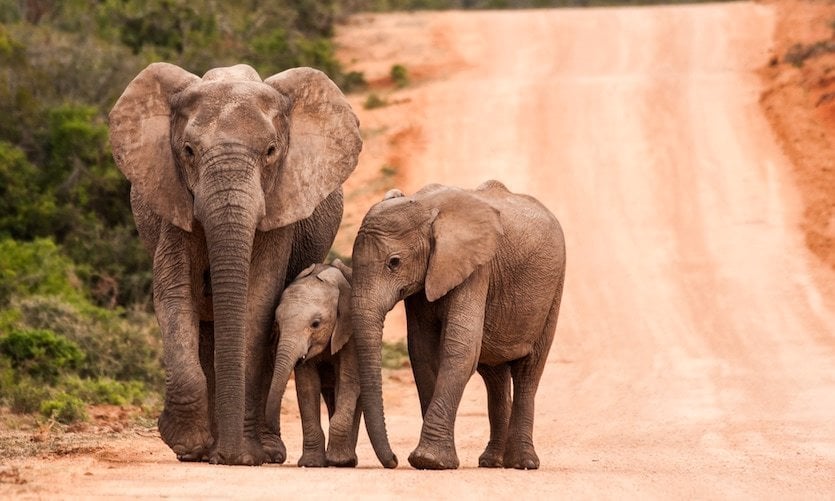
Situated to the west of the Kruger National Park with which it shares a border, the Timbavati Reserve is a jewel of South Africa. Wild animals can thus move from one territory to another in total freedom. During a safari, one ventures into large wooded grasslands and the area exceeds 50,000 hectares. Numerous mammals are found here, including the inevitable "Big Five", consisting of rhinoceros, lion, elephant, buffalo and leopard. But the specificity of this extraordinary place is that it is home to a very rare and endangered species: the white lion. Discovered in the 1970s, they subsequently disappeared before reappearing quite recently, in 2006. The Timbivati Nature Reserve, which is at the forefront of initiatives for the conservation of an extraordinary ecosystem, is also a leading territory in wildlife research. In addition, it is also possible to photograph giraffes, hyenas, zebras, wildebeest, wild dogs and more than 350 species of birds
Klaserie Nature Reserve
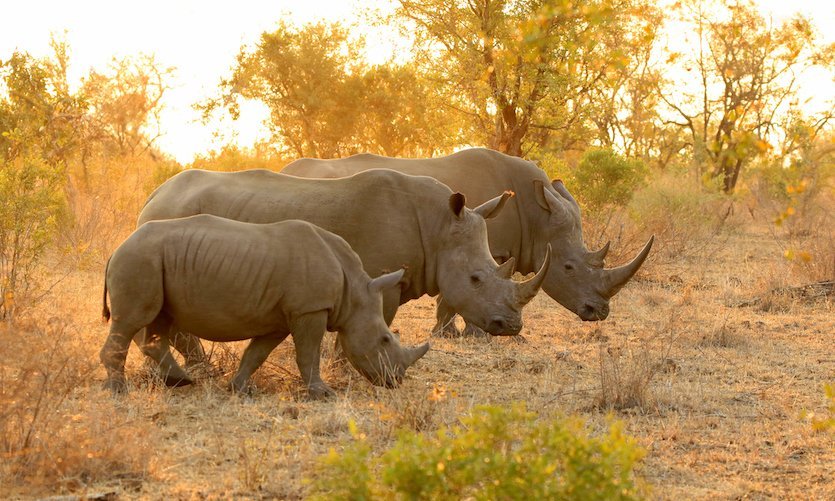
The Klaserie Private Game Reserve is another true sanctuary for wildlife typical of South Africa. It is part of the Kruger National Park. Crossed by the river of the same name, the territory covers an area of 60,000 hectares and there are large wooded areas where a multitude of animals have made their home. Thus, during a safari with a guide, everything is set up so that one can see in total respect of animal life species such as lions, monkeys, rhinos, African wild dogs, buffaloes and a wide variety of antelopes. Beyond the observation, a safari is also an opportunity to have a better understanding of a very special natural environment that is important to preserve. As such, the Klaserie Reserve is involved in many sustainable development projects
Madikwe Nature Reserve
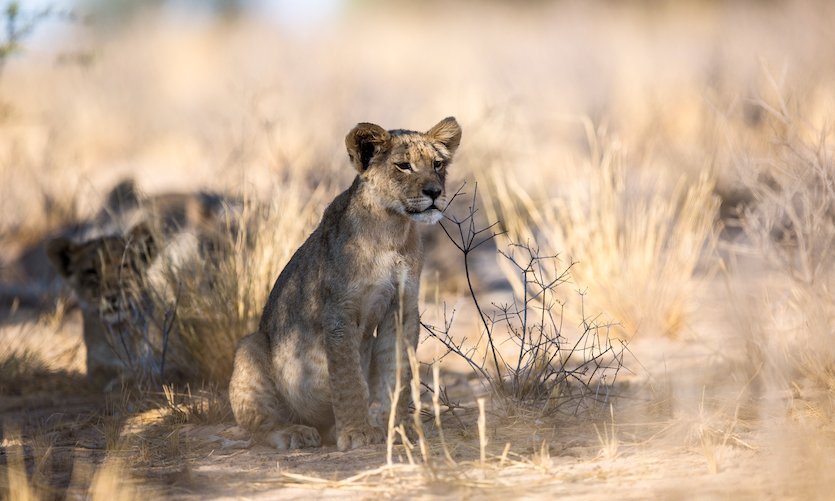
The Madikwe Nature Reserve is located on the border with Botswana. It is considered one of the most beautiful wildlife reserves in South Africa, due to its greenery, savannah areas, granite hills and beautiful valleys. You can also see the peaks of the gigantic mountains around, without forgetting the walks along the rivers where there is no lack of animal life. Indeed, several thousand animals live in this gigantic 75,000 hectare enclosure. It is very easy to see cheetahs running around, hyenas looking for food, and you have to remain silent and attentive to see the lions in their hiding places. Not forgetting the many species of antelope such as the springbok and the impala. Madikwe Nature Reserve is also one of the few places in the world where you can see wild dogs. This territory, which seems to have always belonged to the animals, is also committed to sustainable development, and to this end, the communities living in the surrounding area manage some lodges
Sabi Sand Nature Reserve
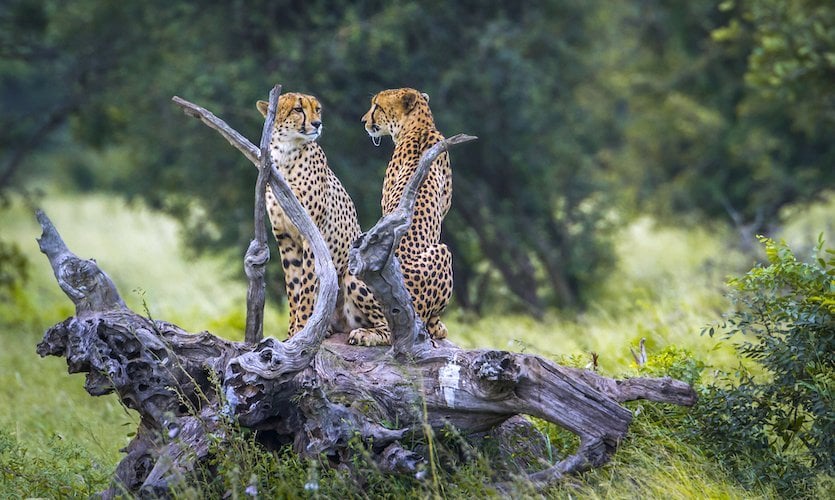
A reserve adjacent to Kruger National Park, with the Sabie River as a natural boundary, Sabi Sand was originally agricultural land with livestock farms. At the time, many boreholes were drilled to supply water to these farms. Today, they represent water points that are essential for the survival of animal species. There are many reasons to treat yourself to a safari in Sabi Sand Nature Reserve, not the least of which is the exceptional concentration of wild animals that live here all year round. Leopards are particularly numerous, often enthroned on tree branches. Accustomed to the presence of humans, it is therefore possible to observe them without fear of them fleeing. On board a jeep, it is also advisable to open your eyes wide when passing close to a lion, a rhino or a buffalo. And for birdwatchers, there are more than 500 species of birds exploring the skies of the reserve. Approaching the animals as closely as possible and without risk, witnessing a mating or a birth, these are all experiences that await the adventurers. Without forgetting the flora, with 330 species of plants listed, and which contribute to making Sabi Sand a first-rate territory in terms of biodiversity
Tswalu Kalahari Nature Reserve
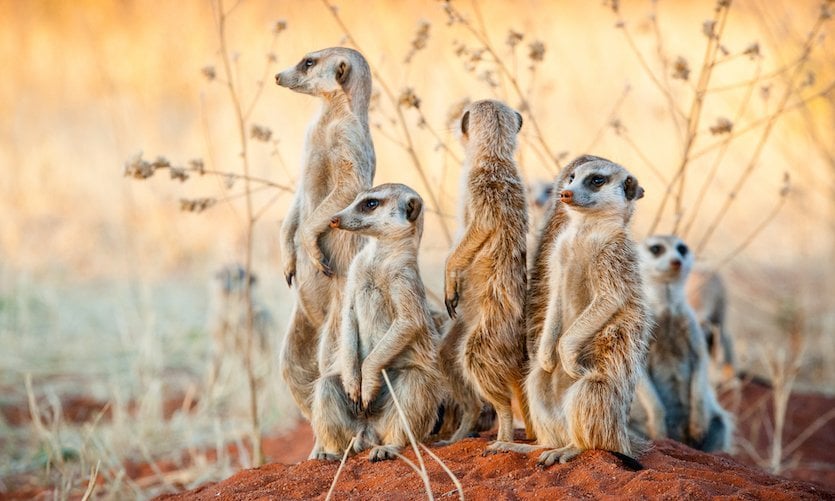
By choosing to venture into the Twsalu Reserve, one enters the largest privately owned reserve in South Africa, with an area of 100,000 hectares. The semi-desert of the Kalahari is characterized by vast expanses of brown and red sand and scrub, with superb acacia trees here and there. Despite the appearance of what could be described as dry land, animal life is prolific. Among the rarest species in southern Africa that we are lucky enough to observe are the Kalahari lions with their black fur collars, but also the black rhinos. About 90 species of mammals live in this area of great beauty, including antelopes, giraffes, mongooses, cheetahs and the much sought-after Hartmann Mountain Zebra. Passing by the dunes, it is the pygmy mice that point the tip of their noses and in the evening, the Tswalu Kalahari Nature Reserve sees brown hyenas, desert wolves and foxes come out of their hiding places to enter into action and go in search of food. In order to protect this remarkable biodiversity as much as possible, the safaris are done in small groups, so as not to frighten the animals and to ensure that they can coexist peacefully with human activity for as long as possible.
More information on the South Africa Discovery website, on the Facebook page and on the Youtube channel.


